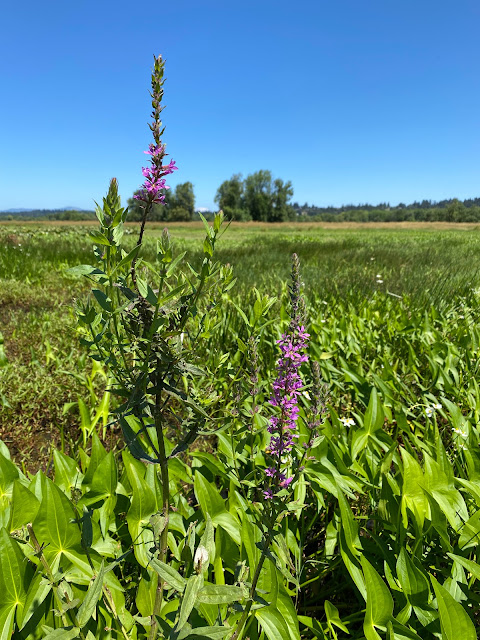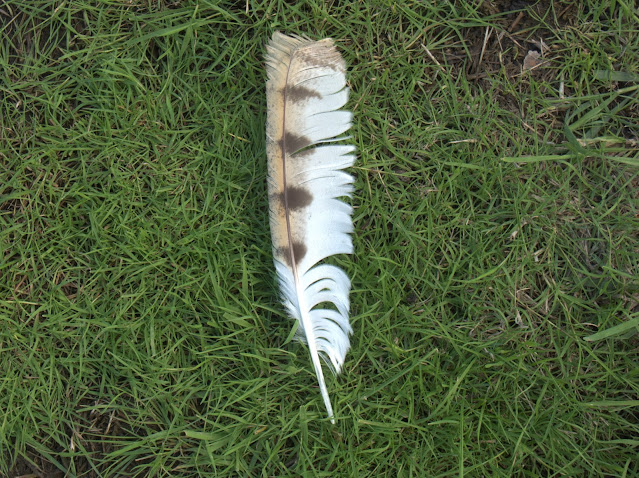From the Field to the Classroom
As a Habitat Restoration Technician, I work mainly in the field (a.k.a. outdoors) managing invasive flora, collecting data, and enhancing habitats to promote biodiversity; however, May was a rather unusual month for me. Josie Finley, Visitor Services Manager for US Fish and Wildlife Service, recruited me to help develop a "Flipped Internship" for Kalama Middle School science students. Instead of the students doing an extensive internship program at the Refuge, this opportunity brings the professionals into the classroom. This was a unique experience for me because I had not been inside a middle school since I was in middle school. Initially, I was a bit nervous at the prospect of talking to a large group of students especially after being socially deprived and confined at home for the past two years.
While brainstorming with the Project Coordinator, we decided to focus on the most relevant and exciting news on the Refuge, the new Sandhill Crane (Grus canadensis) colt. That's right, we have successfully confirmed that a breeding pair of Sandhill Cranes have produced another colt this year. As discussed in a previous post (Click Here), Sandhill Cranes are listed as endangered in Washington state. This is now the third year in a row that the cranes produced a colt, with last year being the first colt to fledge in the region in over 100 years.
*Note: As you may have noticed, the Kiwa Trail on the River 'S' Unit is closed due to it being the primary foraging area for the crane family. It is crucial that we protect the family from any disturbance until the colt has fledged, since it is highly susceptible to predation in its first few months of life.
So on our first visit to Kalama Middle School, we asked the students to research Sandhill Crane habitat. Upon introducing myself and discussing the cranes on the Refuge, the students seemed instantly intrigued about the subject. I was impressed by their knowledge of ecological concepts, questions, and eagerness to learn more. On our last visit, the students presented their final projects in an art gallery-like atmosphere, which included everything from "Save the Cranes" stickers and T-shirts to education flyers (see pictures of below). The students' artistic abilities and passion for the cranes were apparent in their final products. As wildlife professionals, experiences like these give us some perspective on better ways to engage the community and, hopefully, help to recruit young conservationists in the future.
Native Species Spotlight: False Solomon's-Seal
 |
| Photo: Flowering False Solomon's-seal found along Oaks to Wetlands Trail |
False Solomon's-seal (Smilacina racemosa) is a Pacific Northwest perennial herb. It is typically found in wet woodland areas, along stream banks, and meadows. Part of the lily family, this herb has broad, elliptical-shaped leaves (6" long and 3" wide) that alternate along the stem in 2 distinct rows and can grow up to 3 feet high. The most striking characteristic of this unique plant is the pyramid-shaped cluster of white flowers, which bloom in the spring (April-June). After flowering, small red berries form in the summer. This lovely plant can be observed on the Oaks to Wetlands Trail located on the Carty Unit. Please remember that picking plants on National Wildlife Refuge property is prohibited.
-Justine Casebolt





Comments
Post a Comment